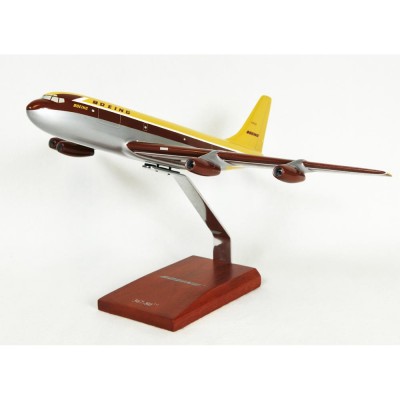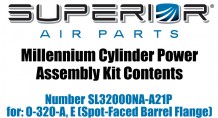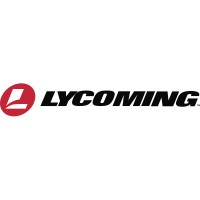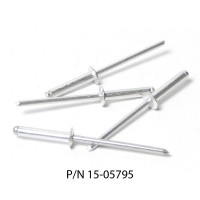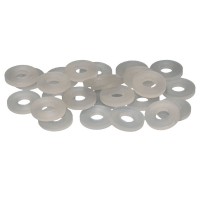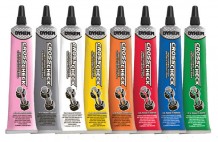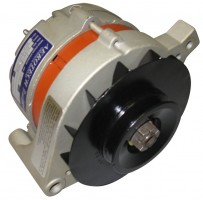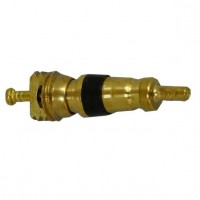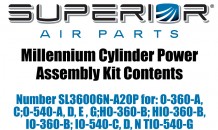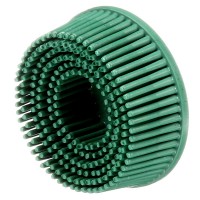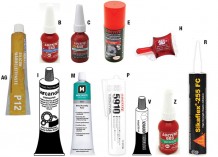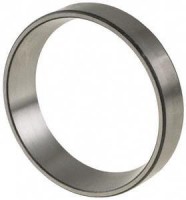THE AVIATION SUPERSTORE FOR ALL YOUR AIRCRAFT & PILOT NEEDS | +61 (1800) 953522
Boeing 367-80 Model
$365.20/Each
Price Includes GST
Part# 13-10877
MFR Model# KB367T
MFR Model# KB367T
Overview
|
The Boeing 367-80, or ""Dash 80"" as it was called within Boeing, was a concept jet transport built to demonstrate that high speed jet transport was no longer the sole preserve of military aircraft. Boeing 367-80 was considered to be the prototype for both the Boeing 707 airliner and the C-135 series aircraft (including the best known variant, the KC-135 air tanker used by the United States Air Force), the Boeing 367-80 was built in less than two years from project launch in 1952 to rollout on May 14, 1954 for a cost of US$16 million. This was at the time an enormous risk for the Boeing Company, since they had no committed customers for the project. By early 1952 the designs were complete, and on April 1952, the Boeing board approved the program to build the jet. Construction of the Boeing 367-80 took place at Boeings Renton, Washington plant, but as a prototype there was no production line and most of the parts were custom built. The planes interior was not fitted with an airline cabin; rather it consisted of a basic plywood lining that was used to house the test instrumentation required for the flight test program. In addition to the flight testing program, Boeing also used the Boeing 367-80 to provide demonstration flights to airline executives and other key industry figures. |
Q&A
Please note, Aircraft Spruce Australia's personnel are not certified aircraft mechanics and can only provide general support and ideas, which should not be relied upon or implemented in lieu of consulting an A&P or other qualified technician. Aircraft Spruce Australia assumes no responsibility or liability for any issue or problem which may arise from any repair, modification or other work done from this knowledge base. Any product eligibility information provided here is based on general application guides and we recommend always referring to your specific aircraft parts manual, the parts manufacturer or consulting with a qualified mechanic.

 Aircraft Spruce Australia
Aircraft Spruce Australia
